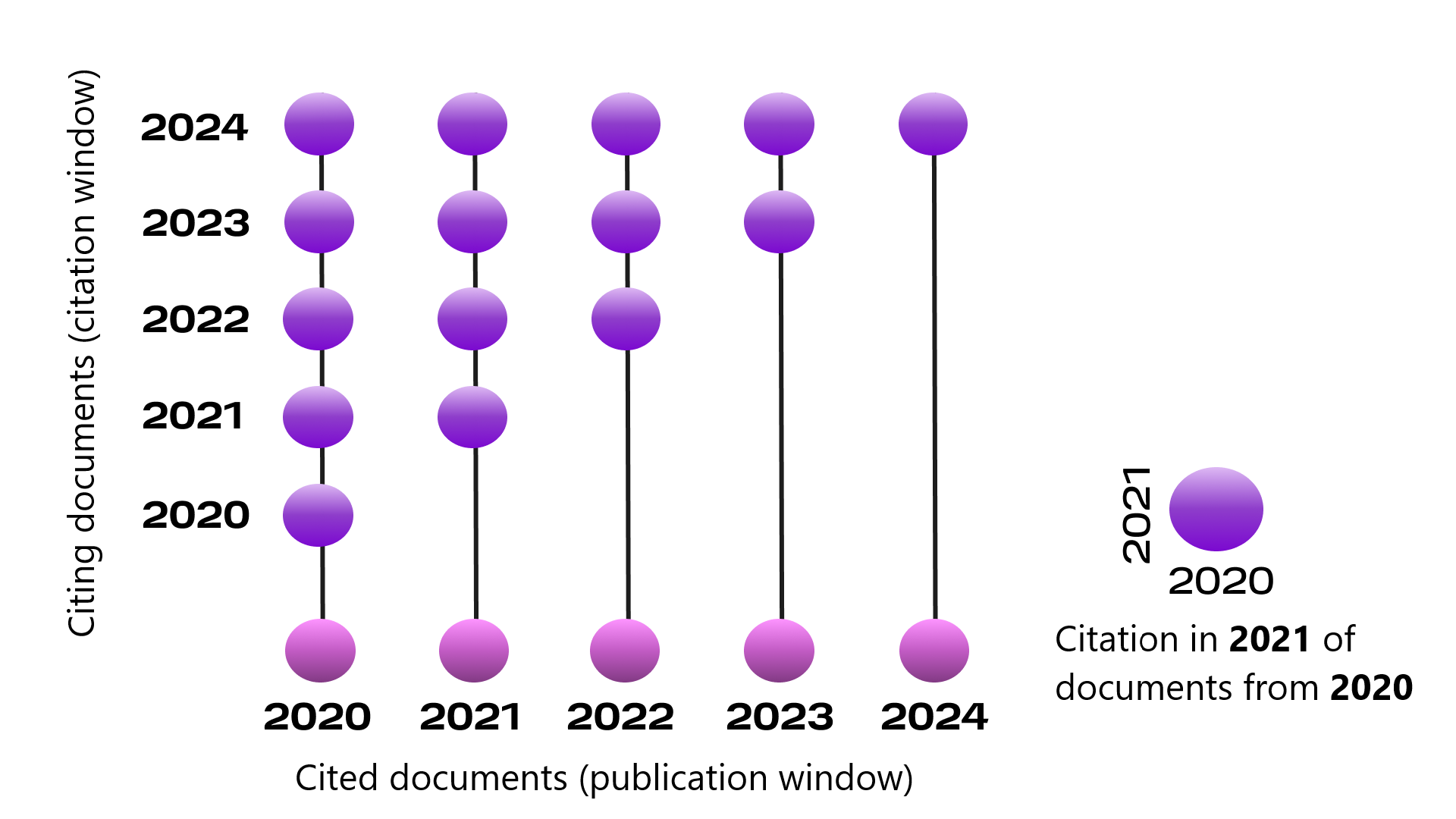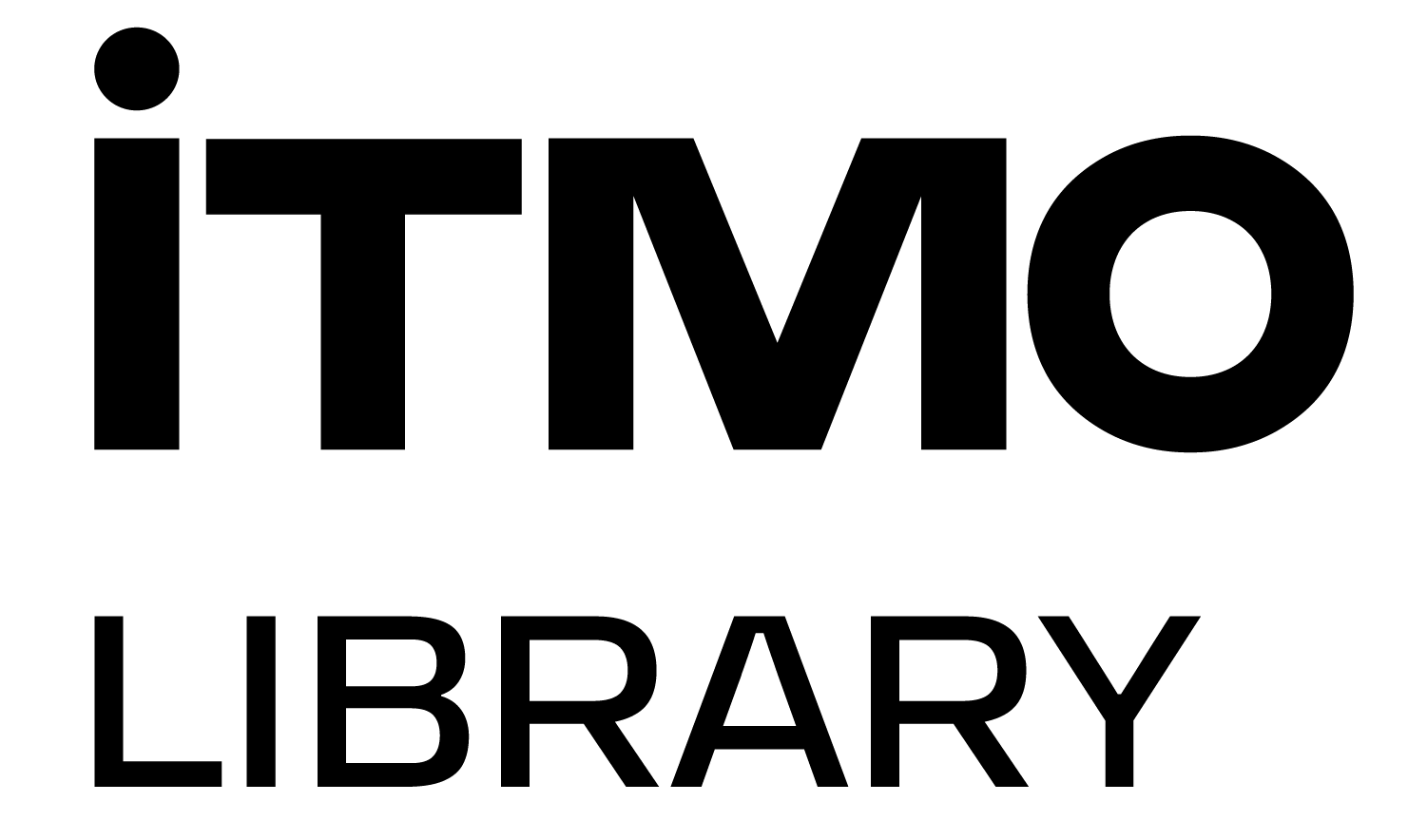You can read our earlier messages about various metrics for assessing scientific work, including H-Index, JIF, SJR, CiteScore, SNIP, as well as the databases for searching scientific information. In this article, we consider the concept of "scientometrics" and the basic principles of this discipline, which studies academic fields with quantitative methods.
Definition of "scientometrics"
The term "scientometrics" was first used in 1969 by the Soviet and Russian mathematician and philosopher Vasily Nalimovin the book "Scientometrics: the study of science as an information process" published together with Z. M. Mulchenko. According to another scientist, Y. Garfield, this term sounds better than "science of science" and represents the essence of the subject: assessment of academic disciplines with quantitative methods.
In 1978 the journal Scientometrics was first published. It also significantly contributed to the popularity of the term [1]. Since then, the concept has been used to analyze and study science. Scientometrics is closely related to the concepts of infometrics and bibliometrics [2].
Scientific articles and publication process
Scientific papers, and first and foremost articles, are today the key elements of science, they promote the research results.
The main metadata of a scientific publication are:
- Publication title,
- Source name (journal, collection, etc.),
- Publication type
- Publisher name,
- Year of publication,
- Volume, page number,
- Authors,
- Affiliations,
- Identifiers,
- Contact information,
- Funding (including grants),
- Abstract,
- Keywords,
- Subject.
A scientometric image of a scientific article with metadata is shown below.

Citations
Citation is a form of scholarly communication. It serves as a marker of an author's contribution and confirms the credibility of the research. Scholars typically cite works that have affected their own by citing the relevant sources.
Publication is a kind of path with the traces of the researcher's scientific connections.
Thus, the main objects of study in scientometrics are:
- publications as a measure of productivity;
- citations as a measure of influence.
Publication and citation “windows”
Metrics are widely used to assess the average number of citations per article in a given set of publications. The latter could be a set of articles from a journal, the works of a specific author, a research group, an institution, or a country. Specifically, articles are considered for a given fixed period of time,for example, the articles published by the author X over a five-year period from 2020 to 2024. The time period during which the articles assessed have been published is called the "publication window".
Equally important are the periods of time during which the articles have been published whose citations we take into account when calculating the metric (for example, all the articles published in 2024). This period is called the "citation window" [1].

Bibliometric databases
As mentioned above, scientometrics analyzes the metadata taken from databases. The indicators can vary significantly depending on the database used. Hence, journal ratings, Hirsch index and other metrics calculated will also vary.
Bibliometric databases are classified as follows:
“Classic” (commercial and selective)
Open access, aimed at the widest possible coverage:
- Google Scholar
- Dimensions
- Semantic Scholar
- OpenAlex
- The Lens
- Scilit
- other
Field-specific:
- MEDLINE\PubMed
- ChemSpider
- INSPIRE
- other
List of sources in the order of theiruse in the text:
- Handbook of Scientometrics: Indicators of Science and Technology Development, second edition: [monograph] / M. A. Akoev, V. A. Markusova, O. V. Moskaleva, V. V. Pislyakov; ed. M. A. Akoev. Ekaterinburg: Ural University Publishing House, 2021.
- Hood, W.W., Wilson, C.S. The Literature of Bibliometrics, Scientometrics, and Informetrics. Scientometrics 52, 291–314 (2001). URL: https://doi.org/10.1023/A:10179199243


